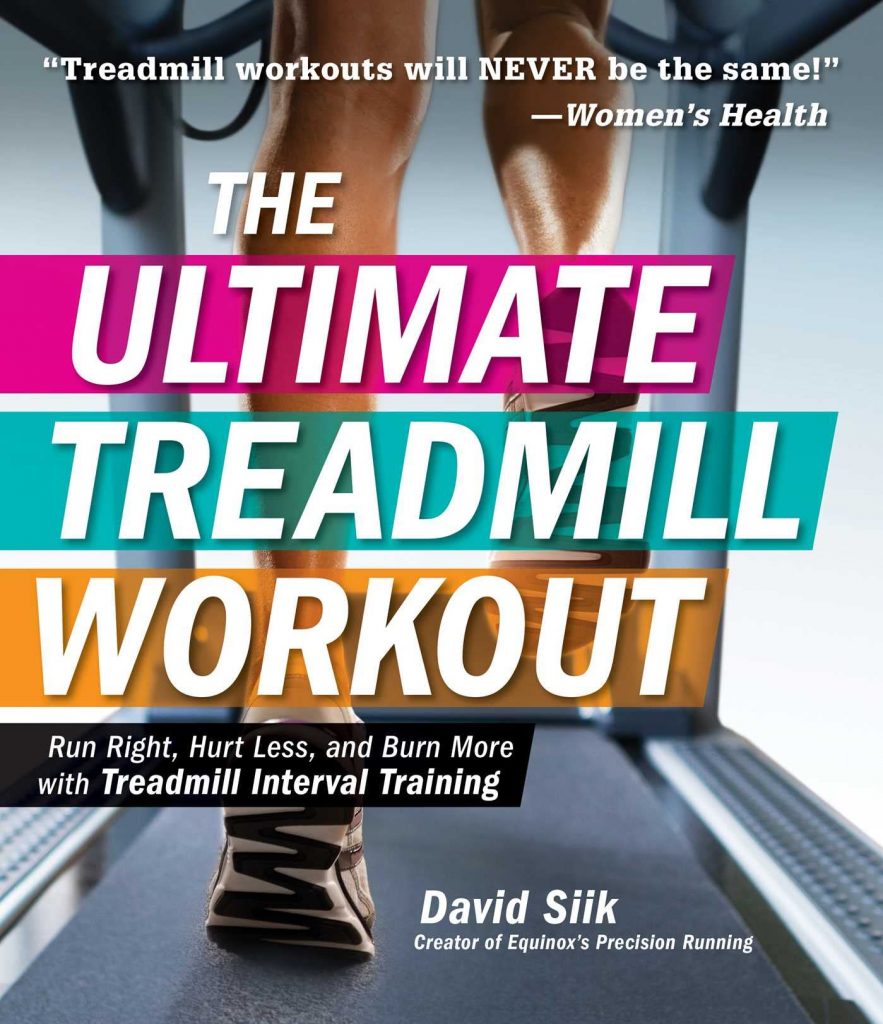It should be clear to most people that the speed you run on a treadmill does not correspond to the speed you are capable of in “normal” running. But how much do these two forms of running differ, and are there any ways to make running on a treadmill more like running outdoors or on a track?
When reading various running blogs and websites about running, there seems to be a lot of disagreement about what speeds on a treadmill actually correspond to “real” running. Some claim that the times are directly transferable to normal running, while other, more reliable sources believe that a 0.5-2% incline on the treadmill makes running on a treadmill equivalent to running outdoors.
In any case, it is clear that the rolling effect of the treadmill has an impact on the running stride. You simply run differently on the treadmill compared to running in outdoor conditions. Another thing that also naturally affects is the weather and wind and the changes in direction that come with running outdoors.
Despite all this, running on a treadmill is a recommended form of exercise and should be part of every serious runner’s weekly winter programme if they are not able to spend most of the winter abroad. Doing interval training outdoors in winter is like asking to be injured. In addition, it is almost impossible to reach the speed you are capable of because there is always a certain sliding effect when running on snow, whether it is well-packed or not.
Just be aware of the realities of the speeds you can maintain on a treadmill, and you won’t be disappointed when you try running on normal surfaces later.
Read more: Effective marathon training on a treadmill
How well does running on a treadmill correspond to outdoor running?
In other words, there are significant differences between treadmills and outdoor running. The speed at which a treadmill operates generally corresponds well to the pace of real outdoor running in terms of how fast the belt moves under your feet. However, there are several factors to consider when comparing running on a treadmill to running outdoors, and I have summarised the most important ones here:
- Air resistance: When running outdoors, you encounter air resistance, especially at higher speeds. This resistance requires energy to overcome. On a treadmill, you don’t experience this air resistance, so some runners adjust the incline of the treadmill slightly (about 1% to 2%) to better simulate outdoor running conditions. However, for regular jogging or walking, the lack of wind resistance on a treadmill may not make much of a difference.
- Terrain and altitude differences: Outdoors, you have to deal with variations in terrain, such as hills, uneven ground and surface changes (grass, tarmac, paths, etc.), which can change your running dynamics and energy consumption. On a treadmill, you can adjust the incline to simulate hills, but this will not capture the full diversity of outdoor conditions.
- Differences in gait and stride: There is evidence that some people change their running style on a treadmill. For example, the movement of the belt may cause a person to shorten/lengthen their stride or change their foot drop. Being aware of this can help runners try to maintain a more natural stride on the treadmill.
- Belt compliance: The treadmill belt has a certain ‘give’ or compliance, which can reduce the impact force compared to running on a harder surface outdoors. This can make treadmill running feel slightly different and potentially gentler on the joints.
- Mental and psychological aspects: Some people find running on a treadmill mentally easier as they don’t have to navigate or think about their route, while others find it monotonous and prefer the outdoor stimuli.
- Calibration: Not all treadmills are perfectly calibrated. The speed that a treadmill reports may not be the exact speed of the belt, due to wear and tear, incorrect calibration or other factors. Regular maintenance and calibration can ensure the accuracy of the machine.
- Temperature and climate control: Running outdoors in hot, cold, humid or windy conditions can affect how hard your body has to work. Treadmills in climate-controlled environments eliminate these variables.
In conclusion, although the speed on a treadmill closely approximates real-life running speeds, the experience and energy expenditure may vary due to the factors mentioned above. To get the most realistic experience possible, you may need to make minor adjustments, such as adding a slight incline.
Read more about treadmill training here:








